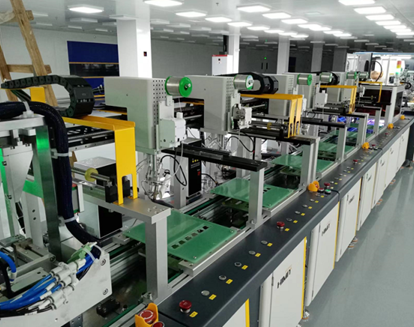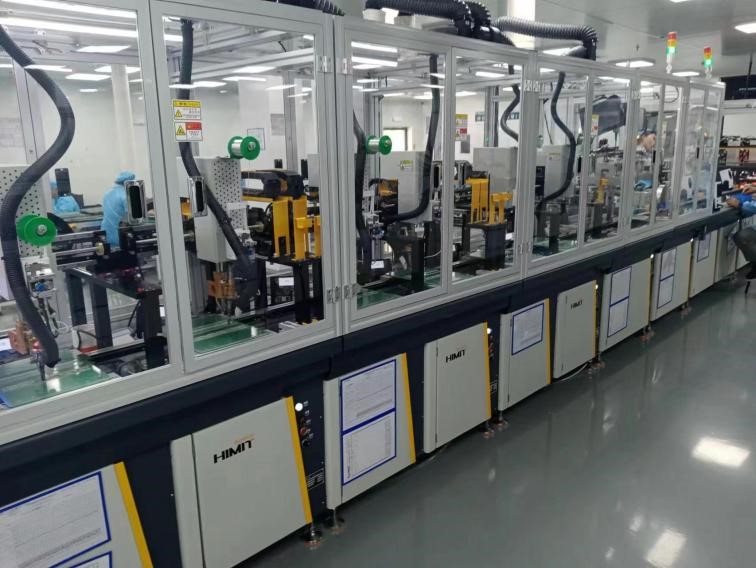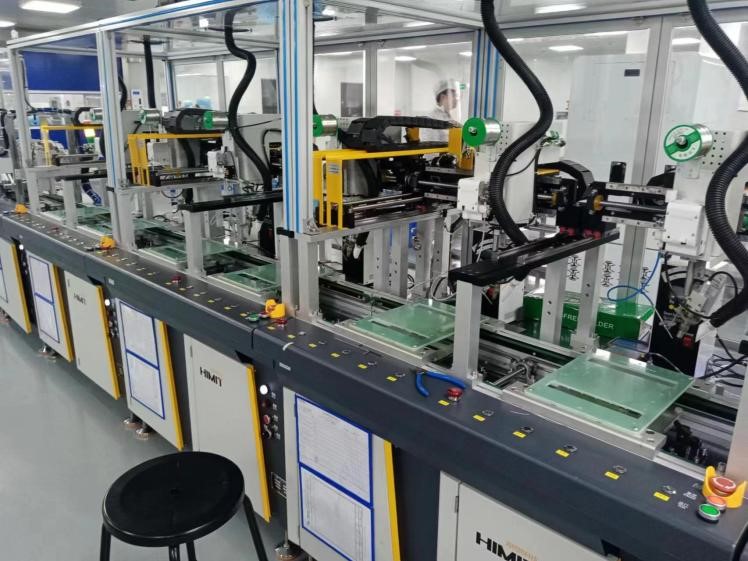The introduction of the fully automatic production line is an important initiative by Remote Intelligent Co., Ltd. to embrace market transformations. Below are the details of this production line:
Technological Features:
· High Automation: The fully automatic production line uses advanced robotics and automation equipment, achieving fully automated operations from material feeding, processing, and assembly to unloading.
· Flexible Adjustability: The production line can be quickly switched and adjusted according to the production needs of different products, with high adaptability and flexibility.
· High Precision and Stability: Equipped with precise sensors and control systems, the production line can monitor the production process in real-time and make precise adjustments to ensure product quality and stability.



Application Fields: The fully automatic production line is applicable to various manufacturing industries, including automotive, electronics, machinery, and medical devices. It can be widely used in various production processes, providing efficient, stable, and precise processing and assembly services.
Advantages:
· Increased Production Efficiency: Through automated operations and high-speed processing, the fully automatic production line significantly increases production efficiency, shortens production cycles, and reduces labor costs.
· Cost Reduction: With a high degree of automation, the production line reduces human intervention, lowers error rates and scrap rates, thus reducing production costs.
· Improved Product Quality: The production line's high precision and assembly capabilities minimize the influence of human factors on product quality, improving product consistency and stability.
As a revolutionary technology, the fully automatic production line will play a significant role in the manufacturing industry. With the growing demand for efficient and high-quality products, the market potential for fully automatic production lines is vast. In the coming years, it is expected to become a mainstream standard in manufacturing, continuing to play a key role in enhancing efficiency, reducing costs, and improving product quality.






